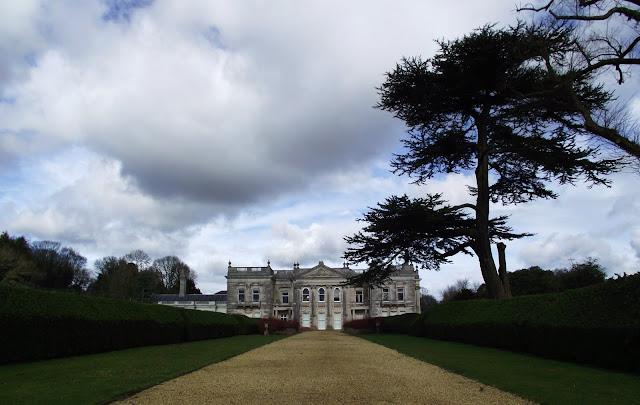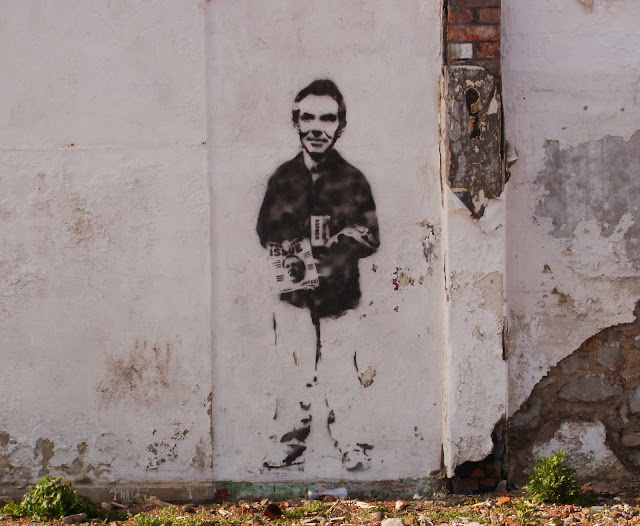
Two miles north of Salisbury is Old Sarum, the original site of the city. Massive Iron Age ramparts, raised five millennia ago, remained intact until the arrival of the Romans, who built a fort in the river valley and knew the place as Sorviodunum. William the Conqueror later built a motte and bailey castle within the ancient earthworks. A stone keep was erected in 1110, and a royal palace was completed 30 years later.

The first Salisbury Cathedral, erected in the outer bailey, was finished in 1092, but was seriously storm-damaged just five days after its consecration. It was enlarged by, in two principal stages to 1190, the addition of transepts and a grand west front, this last overseen by Roger of Salisbury, both bishop and Chancellor.

Church and state didn't always see eye-to-eye, and in 1219 the cathedral was demolished. A replacement, about which the modern city of Salisbury grew, was commenced on church land the following year. Amazingly, it was not until 1834 that the foundations of the Old Sarum cathedrals were noticed. They were excavated as recently as 1912-14.



























